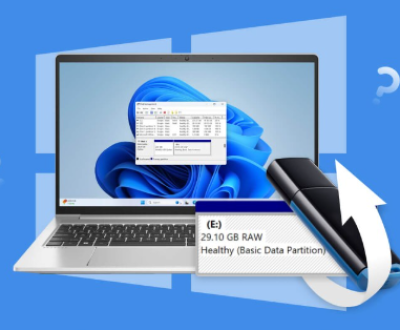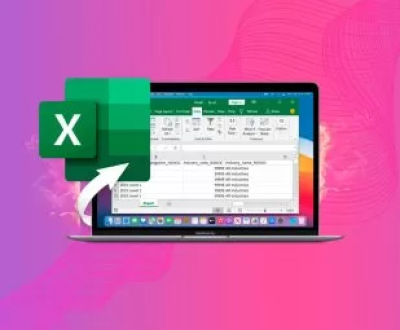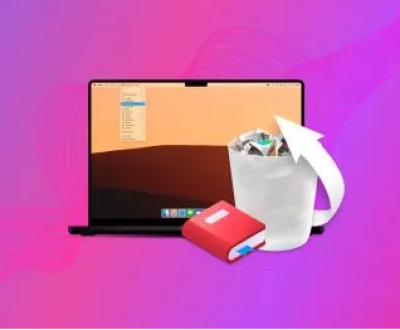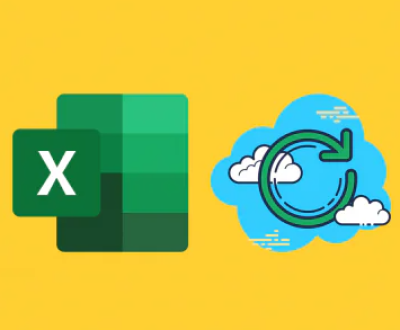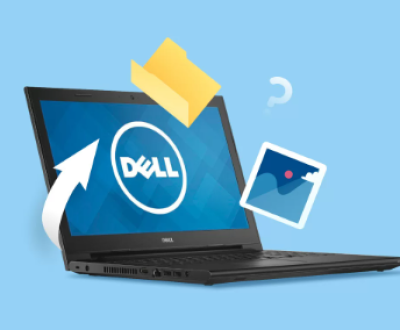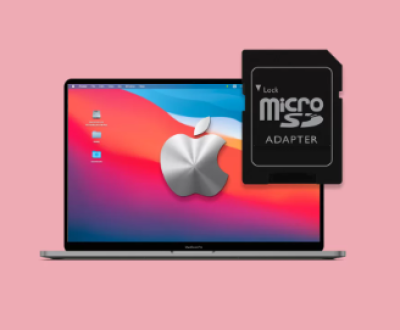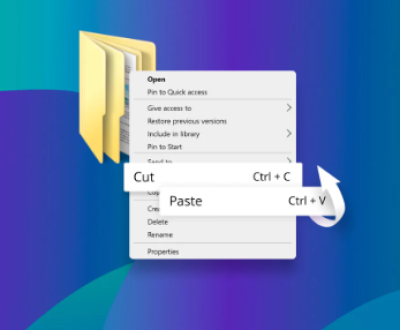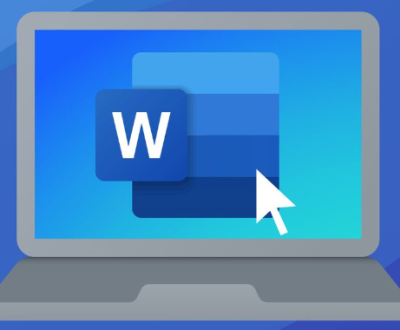To retrieve data from an old hard drive, whether it’s a hard disk drive (HDD) or solid-state drive (SSD), several techniques and tools can be used. This comprehensive guide will walk you through the necessary steps to recover your data, along with tips for troubleshooting common issues. If you’re experiencing trouble with your old hard drive, following this guide can help you minimize the risk of permanent data loss.
Hard drives are essential components of modern computing, storing everything from system files to personal documents, photos, and videos. Over time, however, hard drives can become outdated, corrupted, or even damaged. Recovering data from an old hard drive is a common task, and whether the issue is a simple system crash or a more complex hardware failure, there are various methods to retrieve valuable files.

1. Initial Assessment
Before jumping into recovery methods, it’s crucial to assess the state of the hard drive. This involves checking both physical and software-related issues that may be preventing the drive from functioning correctly. Consider these steps:
Check for Physical Damage: Inspect the drive for signs of physical wear, such as broken connectors, burnt areas, or bent pins. If the drive shows clear signs of physical damage, it’s essential to handle it carefully to avoid further harm.
Check the Power Supply: Ensure the hard drive is receiving power. For external hard drives, check the USB cable or power adapter. For internal drives, confirm the cables and connections are securely attached to both the motherboard and power supply.
Listen for Sounds: If you hear unusual clicking, grinding, or whirring noises, this may indicate mechanical failure, often due to a damaged read/write head or platter. If this is the case, it’s best not to attempt recovery on your own, as it may cause further damage.
Check the Computer’s BIOS: If the computer doesn’t recognize the hard drive at all, check if the BIOS (Basic Input Output System) detects it. If not, the drive might be faulty or improperly connected.
2. Connect the Old Hard Drive to a Working Computer
If the drive shows no signs of physical damage and is recognized in BIOS, you can connect it to a working computer for data recovery. Here are the common methods:
External Enclosure
One of the simplest ways to access data from an old hard drive is by using an external hard drive enclosure. This device acts as a bridge between your old hard drive and the computer, enabling data transfer without the need to install the drive internally.
Select the Appropriate Enclosure: Choose an enclosure that matches your hard drive’s interface (SATA, IDE, etc.). Make sure it supports the drive’s size (2.5-inch or 3.5-inch).
Install the Drive in the Enclosure: Insert the old hard drive into the enclosure, ensuring it’s properly connected. Once secure, connect the enclosure to a working computer via USB.
Access the Drive: The operating system should detect the external drive as an additional storage device. You can now browse the drive and copy your files to the computer.
Direct Connection to a Desktop
If you prefer not to use an external enclosure, you can directly connect the old drive to a desktop computer. This method requires opening the computer case, so be cautious of static electricity and always unplug the machine before opening it.
Power Off the Computer: Shut down and unplug your desktop.
Open the Computer Case: Remove the case cover and locate an empty SATA or IDE port, depending on your drive type.
Connect the Old Hard Drive: Attach the old drive to the motherboard using a compatible cable (SATA or IDE) and connect the power cable.
Boot Up and Access Data: Power on the computer and check if the operating system detects the old drive. If successful, you can access and transfer the data.
3. Software-Based Data Recovery
Panda Assistant is a data recovery software designed to help users recover lost or deleted files from various storage devices, such as hard drives, USB drives, and SD cards. Whether files were accidentally deleted, the storage device was formatted, or the drive became corrupted, Panda Assistant provides an effective solution to retrieve important data.
With a user-friendly interface, the software makes data recovery accessible to users of all technical levels. It supports multiple file types, including documents, photos, videos, and emails, and can recover files from different file systems like FAT, NTFS, and exFAT. Panda Assistant features both quick and deep scan modes, allowing users to select the appropriate recovery method based on their needs. The deep scan mode is particularly useful for finding lost files that aren’t visible after a quick scan.
4. Repairing a Corrupted File System
In some cases, the file system of the old hard drive may be damaged, preventing you from accessing data. If this happens, the first step is to attempt a file system repair.
Check Disk Utility (Windows)
Windows offers a built-in utility called Check Disk (CHKDSK) that can repair minor file system errors on hard drives.
Open Command Prompt: Right-click the Start menu and choose “Command Prompt (Admin)” to open it with administrator privileges.
Run CHKDSK: Type the following command and press Enter:
chkdsk X: /f
Replace “X” with the drive letter of the old hard drive.
Allow the Scan to Complete: The utility will scan the drive for errors and attempt to fix them. If successful, try accessing the drive again.
Disk Utility (Mac)
On macOS, you can use Disk Utility to repair the hard drive’s file system.
Open Disk Utility: Go to Applications > Utilities > Disk Utility.
Select the Drive: Choose the old hard drive from the list of drives on the left.
Repair the Disk: Click on “First Aid” to check and repair the disk.
Attempt to Recover Files: Once the disk is repaired, check if the files are accessible.
5. When to Seek Professional Data Recovery Services
If you’ve tried software recovery tools and file system repairs without success, and your hard drive is still not functioning, it may be time to seek professional help. Data recovery specialists have the necessary tools and expertise to retrieve data from physically damaged or severely corrupted hard drives.
Mechanical Failures: If the hard drive is making unusual noises, such as clicking or grinding, it’s likely suffering from a mechanical failure. Attempting DIY repairs could cause further damage, making it harder to recover the data.
Data Recovery Labs: Professional data recovery companies can repair hardware issues and extract data from physically damaged drives. These services can be expensive, but they are often the only option for severe cases.
Price and Turnaround: Data recovery services can range from a few hundred to several thousand dollars, depending on the complexity of the recovery. Be sure to inquire about the cost and expected turnaround time before committing to the service.
6. Preventing Future Data Loss
Once you’ve successfully retrieved data from your old hard drive, it’s important to take steps to avoid similar issues in the future.
Regular Backups: Make a habit of backing up important data regularly, either through cloud storage services or external hard drives. The 3-2-1 rule is a good guideline: three copies of your data, two of which are on different media, and one of which is stored offsite.
Use RAID for Redundancy: If you rely heavily on data, consider using a RAID (Redundant Array of Independent Disks) setup, which can provide redundancy in case of a hard drive failure.
Monitor Drive Health: Use tools like CrystalDiskInfo or DriveDx to keep an eye on the health of your hard drives. These tools can warn you of potential issues before they lead to failure.
About us and this blog
Panda Assistant is built on the latest data recovery algorithms, ensuring that no file is too damaged, too lost, or too corrupted to be recovered.
Request a free quote
We believe that data recovery shouldn’t be a daunting task. That’s why we’ve designed Panda Assistant to be as easy to use as it is powerful. With a few clicks, you can initiate a scan, preview recoverable files, and restore your data all within a matter of minutes.
Subscribe to our newsletter!
More from our blog
See all postsRecent Posts
- Retrieve files from usb 2025-07-04
- How to retrieve overwritten excel file 2025-07-04
- How to retrieve lost files on sd card 2025-07-04

 Try lt Free
Try lt Free Recovery success rate of up to
Recovery success rate of up to

